Welcome to our guide on dangerous goods transport training. In this article, we will delve into the critical aspects of transporting hazardous materials and why proper training is essential for anyone involved in this industry.
We will explore the various types of dangerous goods, the associated risks of inadequate training, safety precautions during transport, legal requirements, and how individuals can obtain the necessary training.
Whether you are a driver, logistics professional, or involved in any aspect of the supply chain, understanding the intricacies of dangerous goods transport is crucial for ensuring the safety of both personnel and the public.
So, let’s jump straight into understanding the significance of dangerous goods transport training and its impact on the industry.

What Is Dangerous Goods Transport Training?
Dangerous goods transport training involves the education and certification of individuals responsible for the transportation and handling of hazardous materials.
It is a crucial and legally mandated form of training that equips participants with the necessary skills and knowledge to ensure the safe and secure transport of dangerous goods. This training covers a wide range of topics including:
- Identification of hazardous materials
- Proper packaging and labeling
- Emergency response procedures
- Regulatory compliance
Understanding the risks associated with dangerous goods transportation and developing expertise in mitigating these risks are fundamental components of the training. It emphasizes the importance of adhering to strict protocols and regulations to prevent accidents and protect public safety.
Why Is Dangerous Goods Transport Training Important?
The importance of dangerous goods transport training cannot be overstated, as it ensures the safe and compliant handling of hazardous materials, essential for protecting public safety and the environment.
By providing individuals with the necessary knowledge and skills to handle and transport hazardous materials safely, such training plays a critical role in preventing accidents, minimizing environmental impact, and ensuring regulatory compliance.
It enables employees to identify potential risks and take appropriate measures to mitigate them, thereby reducing the likelihood of incidents occurring during transportation.
Dangerous goods transport training is a cornerstone of promoting safety, compliance, and risk mitigation in the handling and transportation of hazardous materials.

What Are The Risks Of Not Having Dangerous Goods Transport Training?
The absence of proper dangerous goods transport training poses severe risks, including non-compliance with transportation laws, inadequate handling procedures, and heightened potential for accidents or environmental harm.
These risks can lead to serious legal consequences, financial liabilities, and damage to a company’s reputation. Without adherence to hazardous materials transport guidelines, there is a higher likelihood of spills, leaks, or mishandling, increasing the potential for harm to both people and the environment.
Lacking a thorough understanding of dangerous goods transportation laws can result in fines, legal actions, and suspension of transport operations, all of which can significantly impact a business’s operations and profitability.
What Are The Different Types Of Dangerous Goods?
A comprehensive understanding of dangerous goods encompasses various categories, including:
- Explosives
- Gases
- Flammable liquids
- Flammable solids
- Oxidizing substances
- Toxic and infectious substances
- Radioactive materials
- Corrosive substances
- Miscellaneous dangerous goods
Each category of hazardous materials presents unique characteristics and risks. Explosives can cause sudden release of energy, while gases can be compressed and stored under pressure.
Flammable liquids and solids can ignite easily, and oxidizing substances support combustion. Toxic and infectious substances pose health hazards, while radioactive materials emit ionizing radiation.
Corrosive substances can cause damage on contact, and miscellaneous dangerous goods encompass various other hazardous materials.
Specific handling requirements are essential for each category to mitigate potential hazards.
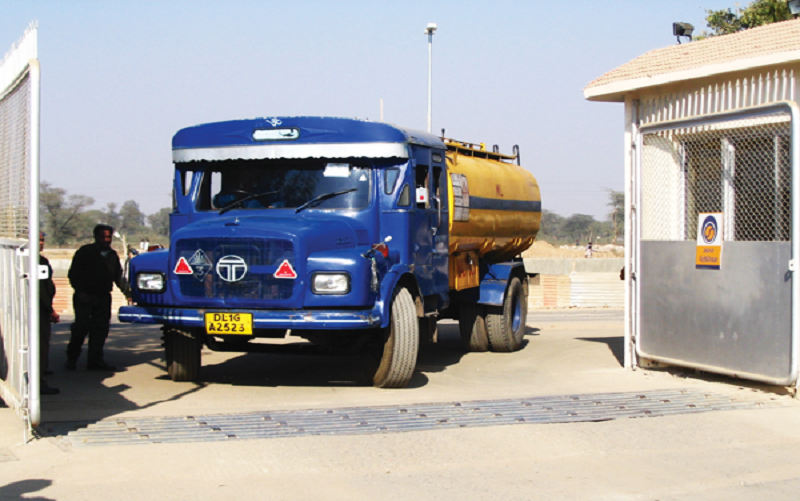
What Are The Safety Precautions During Dangerous Goods Transport?
Implementing stringent safety precautions during dangerous goods transport is imperative, involving adherence to established handling procedures, prioritizing hazardous materials safety, and ensuring overall transportation safety.
This necessitates compliance with standardized packaging and labeling requirements, meticulous inspection of vehicles and containers, and utilization of appropriate safety equipment.
Comprehensive risk mitigation strategies should be in place, including emergency response plans, personnel training on handling and responding to incidents, and strict adherence to regulatory guidelines.
By integrating these measures into the transportation process, the potential hazards associated with the handling and transportation of dangerous goods can be significantly minimized, promoting a safe and secure environment for all involved parties.
What Are The Legal Requirements For Dangerous Goods Transport Training?
The legal framework governing dangerous goods transport training is outlined in specific regulations and laws that mandate compliance with hazardous materials transport regulations and dangerous goods transportation laws.
Regulatory authorities, such as the Department of Transportation, International Air Transport Association (IATA), and International Maritime Organization (IMO), have established strict guidelines for the training of personnel involved in the transportation of dangerous goods.
Compliance with these regulations is essential to ensure the safety of both the transport personnel and the general public.
Employers are required to provide appropriate training to their staff to ensure they are equipped with the necessary knowledge and skills to handle hazardous materials in accordance with the prescribed regulations.

How Can One Obtain Dangerous Goods Transport Training?
Individuals seeking dangerous goods transport training can obtain certification through accredited programs that offer comprehensive education on hazardous materials, adhering to established dangerous goods transport guidelines.
These certification programs provide in-depth knowledge and practical skills required for the safe handling and transportation of hazardous materials.
Accredited courses cover a wide range of subjects including classification, packaging, labeling, documentation, and emergency response procedures.
Successful completion of these programs ensures that individuals are well-equipped to navigate the complexities of transporting dangerous goods while strictly adhering to regulatory standards and industry best practices.
By obtaining hazardous materials certification, professionals demonstrate their commitment to safety and compliance in the transportation of hazardous materials.
What Are The Different Levels Of Dangerous Goods Transport Training?
Dangerous goods transport training encompasses various levels of certification, ranging from foundational safety training to advanced coursework on hazardous materials handling, ultimately leading to comprehensive dangerous goods transport certification.
These levels of certification involve a structured approach to preparing individuals for the challenges involved in transporting hazardous materials. The scope of training covers critical aspects such as risk assessment, emergency response procedures, regulations compliance, and safe handling practices.
This comprehensive training equips professionals with the knowledge and skills necessary to maintain the highest safety standards in the transportation of dangerous goods, thereby ensuring the protection of people, property, and the environment.
Certification requirements often include ongoing education and proficiency evaluations to maintain a culture of safety and continual improvement in hazardous materials transport.
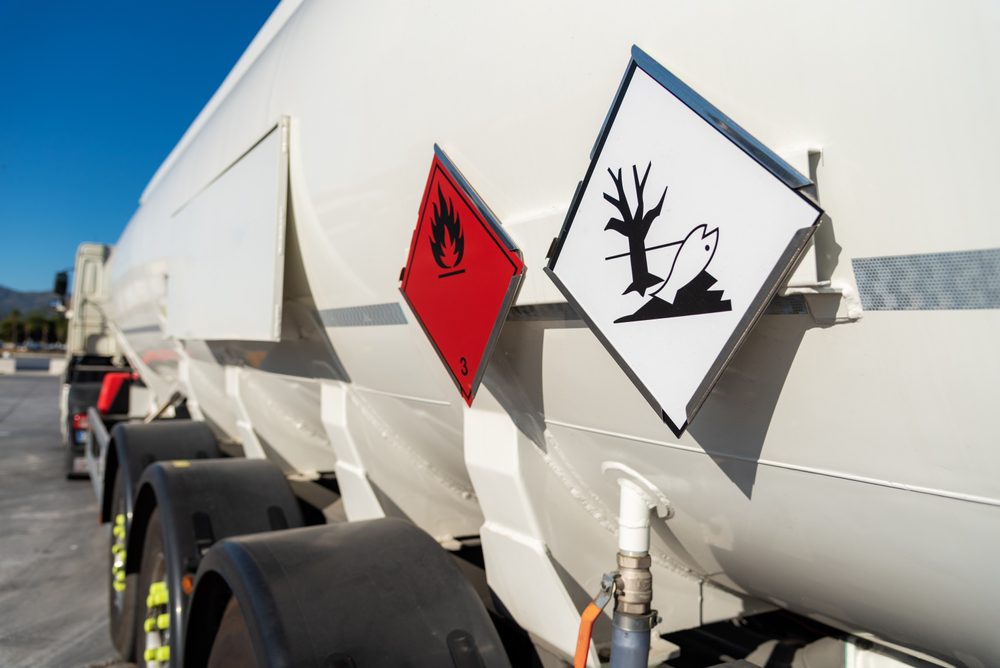
Explosives
Explosives are a category of hazardous materials with specific transport guidelines and regulations that govern their handling, storage, and transportation to ensure public safety and regulatory compliance.
These regulations are crucial in preventing potential hazards and ensuring the safe transportation of explosives. One key aspect is proper packaging to minimize the risk of accidental detonation or leakage during transit.
Vehicle and driver requirements are strictly enforced to guarantee adherence to dangerous goods regulations. It is also essential to consider security measures to prevent unauthorized access.
Strict compliance with hazardous materials transport guidelines is imperative to protect both the public and the environment from the inherent dangers associated with explosive materials.

Gases
Gases represent a hazardous materials category that requires specialized handling procedures and safety training to mitigate the risks associated with their transport and usage in various industrial and commercial applications.
Proper storage and handling of gases is critical due to their potential for rapid expansion and release, leading to pressurization hazards. An essential aspect of safety training revolves around understanding the properties of different gases, such as flammability, reactivity, and toxicity.
Specific risks like asphyxiation, fire, and explosion necessitate strict adherence to safety protocols, including proper ventilation, leak detection, and use of appropriate personal protective equipment.
Hazardous materials safety training is crucial for workers involved in dangerous goods handling and transportation safety to prevent accidents and ensure compliance with regulatory requirements.

Flammable Liquids
Flammable liquids necessitate adherence to stringent transportation laws and specialized training to mitigate the inherent risks associated with their transport, emphasizing the importance of hazardous materials transport training for safe and compliant handling.
This training ensures that individuals involved in the transportation of flammable liquids possess the knowledge of legal mandates and safety protocols.
It plays a crucial role in educating personnel about the proper handling, labeling, and emergency response procedures for dangerous goods transportation.
Regulatory requirements such as proper packaging, marking, and documentation must be integrated into the training to maintain compliance with hazardous materials transport laws.
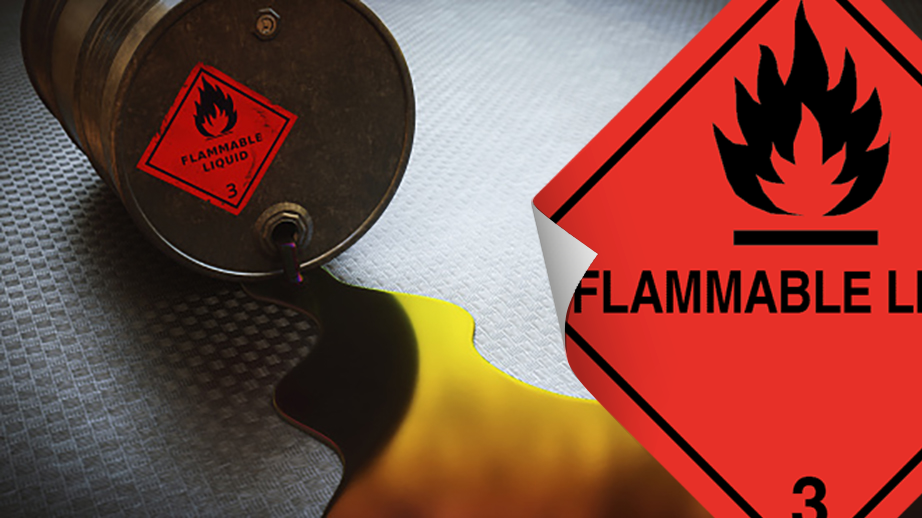
Flammable Solids
The transport safety of flammable solids hinges on the implementation of meticulous handling procedures and adherence to established safety protocols to prevent accidents and ensure compliance with hazardous materials transport regulations.
It is imperative to conduct thorough risk assessments and implement appropriate packaging and labeling for flammable solid materials. Personnel involved in the transport of these hazardous materials should undergo specialized training to handle and respond to potential emergencies effectively.
Proper ventilation and segregation from incompatible substances during transport must also be observed. Regular inspections and maintenance of transport vehicles and equipment are crucial to uphold safety standards. Strict adherence to these safety measures is essential to prevent incidents and protect both personnel and the environment.

Oxidizing Substances
Oxidizing substances necessitate strict adherence to transportation regulations and certification requirements to safeguard against potential hazards, emphasizing the significance of comprehensive dangerous goods transport certification for their safe and compliant transport.
These volatile substances are subject to specific regulatory and certification considerations, including compliance standards outlined in hazardous materials transportation regulations.
Certification prerequisites for transporting oxidizing substances are vital to ensure that all safety measures are in place during their transport.
Without thorough compliance with these standards and certifications, the risks associated with oxidation reactions and potential triggers for combustion or explosion could pose significant dangers to both transportation personnel and the general public.
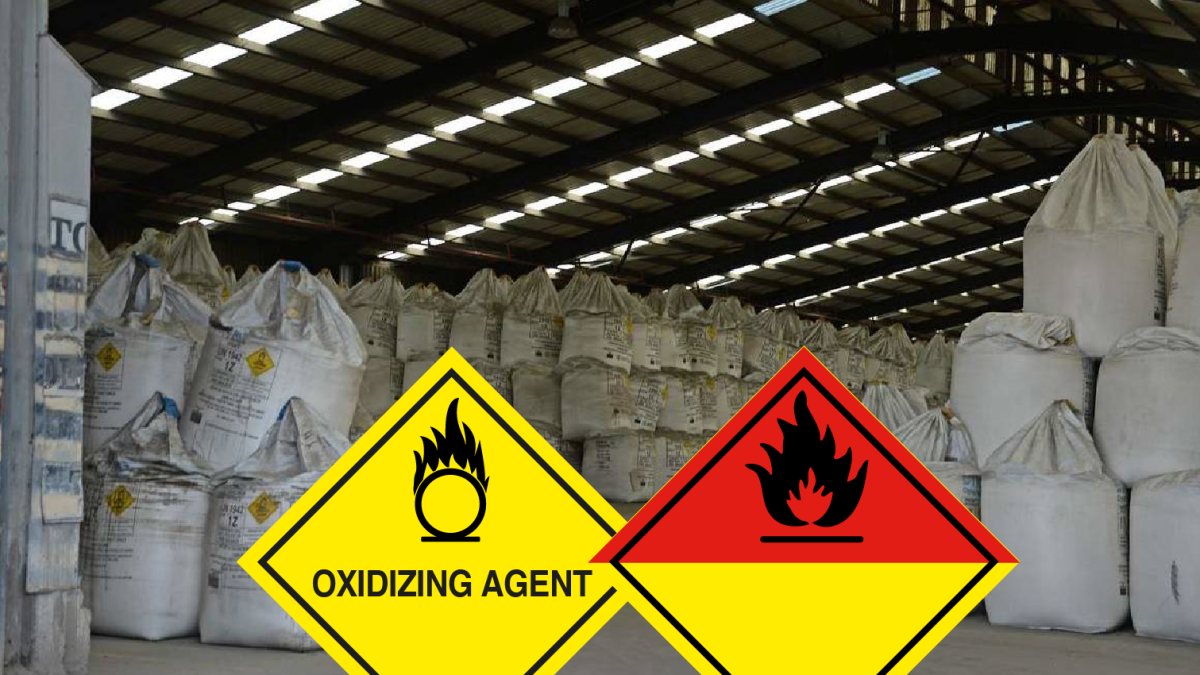
Toxic and Infectious Substances
Transporting toxic and infectious substances mandates strict adherence to established guidelines and safety measures to prevent environmental contamination and ensure the safety of personnel involved, highlighting the importance of hazardous materials transportation safety training.
This includes comprehensive training for personnel involved in the transportation and handling of dangerous goods. Safety protocols should address proper packaging, labeling, and handling to minimize the risks associated with these substances.
Environmental protection is paramount, and all transportation activities must comply with regulations aiming to reduce the environmental impact.
Hazmat transport safety also entails emergency response preparedness, including spill containment and decontamination procedures. Prioritizing transportation safety and environmental protection is crucial for effective management of toxic and infectious substances.
Radioactive Materials
The transport and handling of radioactive materials necessitate meticulous safety protocols and established handling procedures to prevent radiation exposure and ensure the secure transport of these hazardous substances.
These safety protocols encompass various aspects such as proper packaging, labeling, and storage of radioactive materials, as well as the use of shielding and monitoring devices during transportation.
Personnel involved in handling radioactive materials should undergo specialized training to understand the potential hazards and safety measures.
Strict compliance with dangerous goods handling procedures, including the use of designated transport vehicles and routes, is essential to mitigate any risks associated with the transport of radioactive materials.
Implementation of radiation safety regulations and periodic safety inspections further ensures the safe handling and transport of radioactive materials.”

Corrosive Substances
Corrosive substances demand stringent transport safety measures and adherence to established handling guidelines to mitigate the risks of corrosion, emphasizing the critical role of hazardous materials transport guidelines in ensuring their safe transportation.
Understanding the properties of corrosive substances is crucial in developing effective corrosion prevention measures during transportation. Proper packaging and labeling are fundamental to the safe handling of these substances.
Training personnel in the proper use of personal protective equipment and emergency response protocols is imperative to minimize the hazards associated with corrosive materials.
Strict compliance with transport regulations and guidelines is essential to ensure the safety of both the transport personnel and the general public.
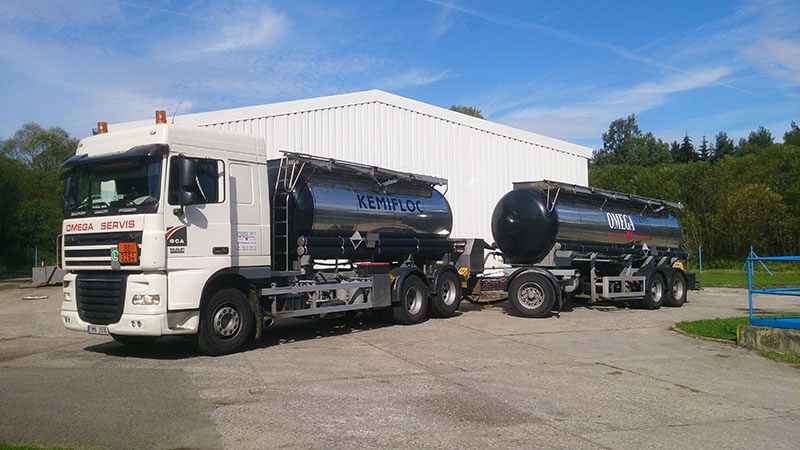
Miscellaneous Dangerous Goods
The transport of miscellaneous dangerous goods necessitates comprehensive certification and adherence to established transportation guidelines to address the diverse risks associated with these materials, requiring a thorough understanding of hazardous materials transportation guidelines.
Certification for the transportation of miscellaneous dangerous goods is vital for ensuring the safe handling and carriage of these materials. Companies that handle these goods must obtain specific certifications and comply with stringent transportation guidelines to mitigate the risks involved.
Proper training and knowledge of hazardous materials transportation guidelines are essential to ensure that the handling and transportation of these goods meet the necessary safety standards.
Staying updated with the evolving regulations and guidelines is crucial in maintaining compliance and promoting safe transportation practices.
Recommendations for Further Training
For individuals seeking further training in the transport of dangerous goods, it is recommended to stay updated with evolving guidelines, regulations, and safety practices to enhance their expertise and ensure ongoing adherence to best practices in hazardous materials transportation.
This continuous training helps professionals in the field of dangerous goods transport to stay informed about the latest developments in transport regulations and guidelines.
By keeping abreast of the evolving industry standards, individuals can adapt their practices to meet the most current safety measures and requirements.
Ongoing skill enhancement ensures that professionals are well-prepared to handle any challenges or changes in the transportation of dangerous goods, contributing to overall transportation safety.
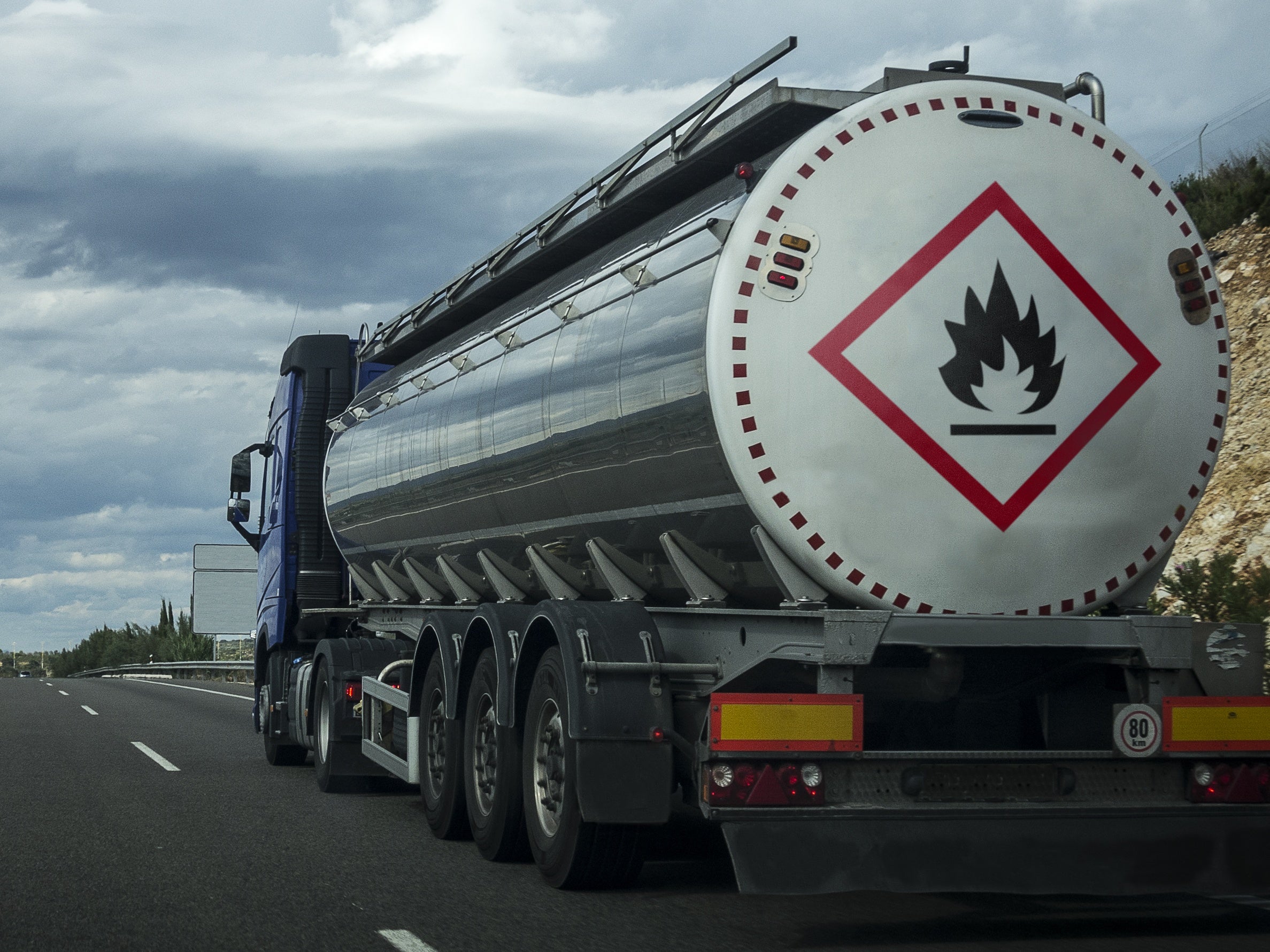
Future Trends in Dangerous Goods Transport
The future of dangerous goods transport is expected to witness advancements in safety training, handling technologies, and regulatory frameworks, leading to more efficient and secure transportation of hazardous materials while aligning with evolving transportation laws and safety standards.
This progress is likely to incorporate innovative safety training methodologies, such as virtual reality simulation and augmented reality tools, providing hands-on experience in handling hazardous materials.
The integration of advanced handling technologies, like automated material handling systems and IoT-based tracking, could significantly improve the overall safety and efficiency of transporting dangerous goods.
Regulatory frameworks are anticipated to become more stringent, emphasizing the importance of compliance and proper documentation to ensure the secure and lawful transportation of hazardous materials.
Frequently Asked Questions (FAQs)
What is dangerous goods transport training?
Dangerous goods transport training refers to the education and training process for individuals involved in the transportation of hazardous materials or substances that can pose a risk to health, safety, property, or the environment.
Why is dangerous goods transport training important?
Dangerous goods transport training is important because it ensures that individuals involved in the transportation of hazardous materials are properly trained and knowledgeable on how to handle, store, and transport them safely. This reduces the risk of accidents, injuries, and environmental damage.
Who needs dangerous goods transport training?
Anyone involved in the transportation of dangerous goods, including truck drivers, warehouse workers, shippers, and handlers, should receive appropriate training to ensure the safe transportation of hazardous materials.
What topics are typically covered in dangerous goods transport training?
Topics covered in dangerous goods transport training can include identifying hazardous materials, using proper labeling and packaging, understanding regulations and laws, emergency response protocols, and safe handling and storage procedures.
How can I find a reputable dangerous goods transport training program?
You can find reputable dangerous goods transport training programs by researching online, checking with your employer or industry associations, and reading reviews and testimonials from past participants. It is important to choose a program that is accredited and recognized by relevant regulatory bodies. Consider Alternative Safety Solutions for your transportation of dangerous goods training: https://alternativesafetysolutions.ca/courses/transportation-dangerous-goods/
Is dangerous goods transport training required by law?
Yes, dangerous goods transport training is required by law in most countries for anyone involved in the transportation of hazardous materials. Failure to comply with these regulations can result in penalties, fines, and even legal action.

